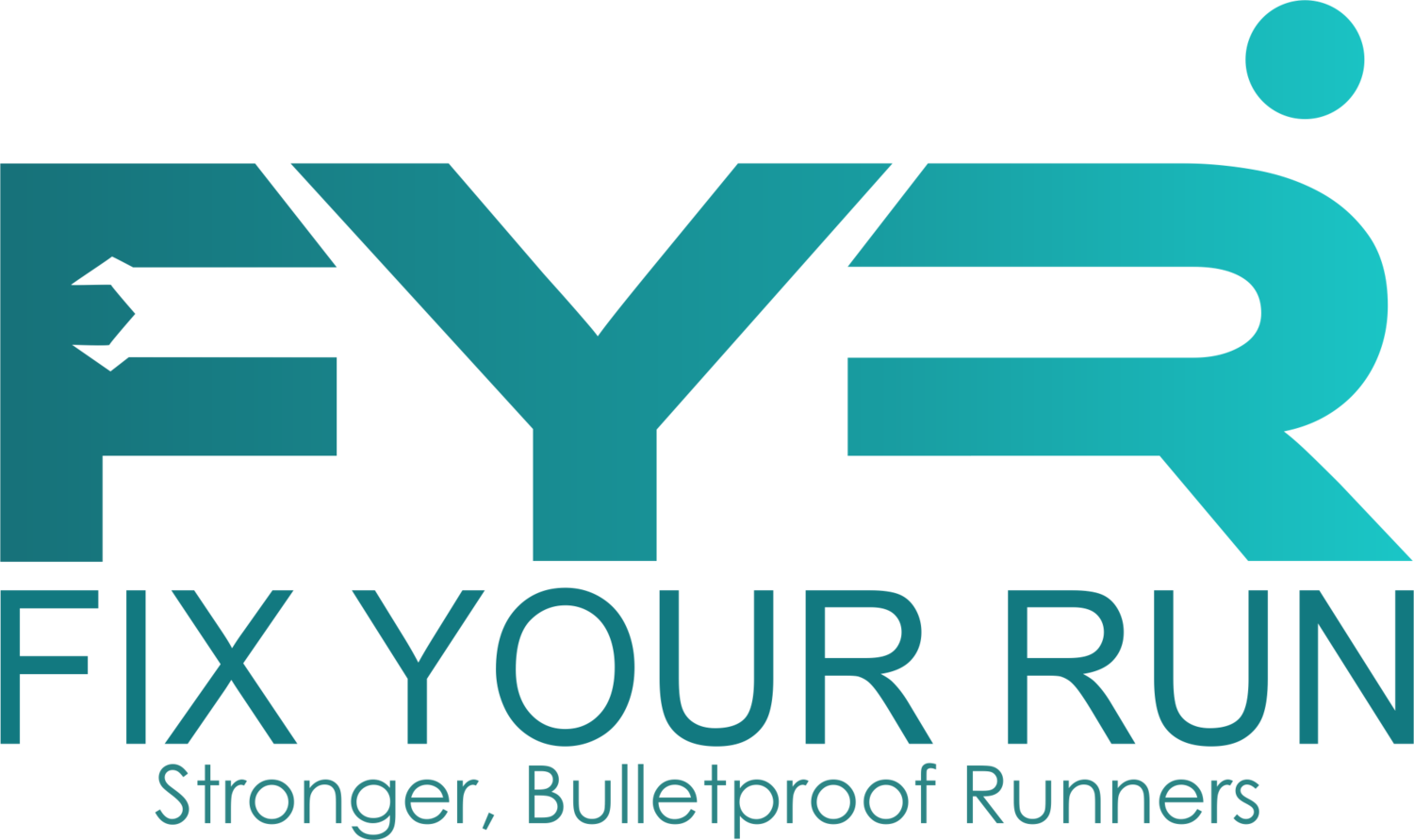Changing Behavior Requires Changing Perception
Sarah was fed up with running. Every 8 weeks it was something else. IT Band pain, Piriformis Syndrome, knee cap pain, shin splints... Each time she thought she was in the clear something else would pop up and derail her training program.
Your Engine Must Match Your Body
What inevitably happens is that you go out for a run and you feel great. You're attuned to your exertion level and maybe you're even aware of your personal heart rate training zones. You're doing everything by the book. Yet, you continue to break down with an injury every 8-12 weeks! What's up??
Don't Be THAT Runner
With the Broad Street Run fast approaching (Did ya sign up??) it's time to consider who you might be up against. This is your competition. And list of people to avoid.
The Side Plank Done Right
Consider the locomotion and movement patterns we use most often: Sitting, Rising from a chair (half squat), Walking, Running straight ahead. Then think about some of the common knee issues people face: IT Band Syndrome, Patellofemoral syndrome, (Exercise-induced knee pain in general). What's the link?
Bad Posture = Bad Running?
A client comes in and wants to run a half marathon, reduce her injury risk and, oh yeah, get rid of some bra flab. Without any further information other than the picture below, I'd like you suggest a few exercises.
Critical Aspect of Goal Setting
Sharing your stated goal with others becomes the next step that will seal the deal. You are now bound to your goal and have moved closer to achievement.
Coming Back From Injury Safely
Coming off of injury? Try this basic, but sound “return to training” plan. I believe it was renown running coach Dr. Jack Daniels who first recommended this increasing mileage pattern and it has served many of my clients well in the past.
The Feel Good Run
Does it like to be thrust into 8 minute/mile pace right from the start? Does it like the monotony of the same pace for the duration of every run? Are you pleased with the results you've achieved from the workouts you run? Introducing The Feel Good Run.
Surviving The Transition: The Lower Leg
A key ingredient in making a successful transition to better running form is calf strength, flexibility and, maybe most importantly, tissue quality.
Spreading the Truth About Running and Fat Loss - Part 3
What do running websites put out in terms of nutritional advice and content? Is it current? Or do they perpetuate the same old school advice that people have heard for years? Since a lot of people attempt to use running as a way to lose weight, it's important to make sure your dietary habits support your goals. So what's the deal with carbs??
Spreading the Truth About Running and Fat Loss - Part 2
Last week we discussed how you MUST prioritize your goals when it comes to training. The next question is: Do your training behaviors match your goals? Let's find out.
Spreading the Truth About Running and Fat Loss
What if you've been training or running for a while, but can't lose any more body fat? Maybe you've hit a plateau and you're getting frustrated. Let's figure out how to make some progress on this!
My Top 10 Movement Tips
Over the weekend had an opportunity to speak to an amazing group of women in Huntington Beach, CA. My goal was to offer a new or different perspective on movement and training. Here are 10 tips I covered in my talk. Enjoy!
3 Common Problems with Your Run
I was recently asked to choose 3 problems many runners face and to offer a solution to those issues.
What Are Your Rocks?
A professor stood in front of a class told his students to prepare for a pop quiz about time management. He then proceeded to pull out a big jar and place it on his desk. He then gently placed about a dozen large rocks into the jar one by one. When he ran out of space in the jar to place any more rocks inside he asked the class: ‘is the jar full?’
Wear THIS, not THAT
Who hasn't struggled at one time or another to figure out how to best dress for the conditions? Here's a quick guide to figuring it out.
Getting Lean Vs. Staying Lean
As many of my clients have heard me say, “getting lean” and “staying lean” are two completely different things. Getting lean is like going on a trip. You get a map and you set off on a trip from point A to point B. Sure, you may encounter a few detours along the way, but generally you know where you're headed and you have a plan. It's often not easy, but if you just stay the course, you'll get there. So what happens when you arrive?
